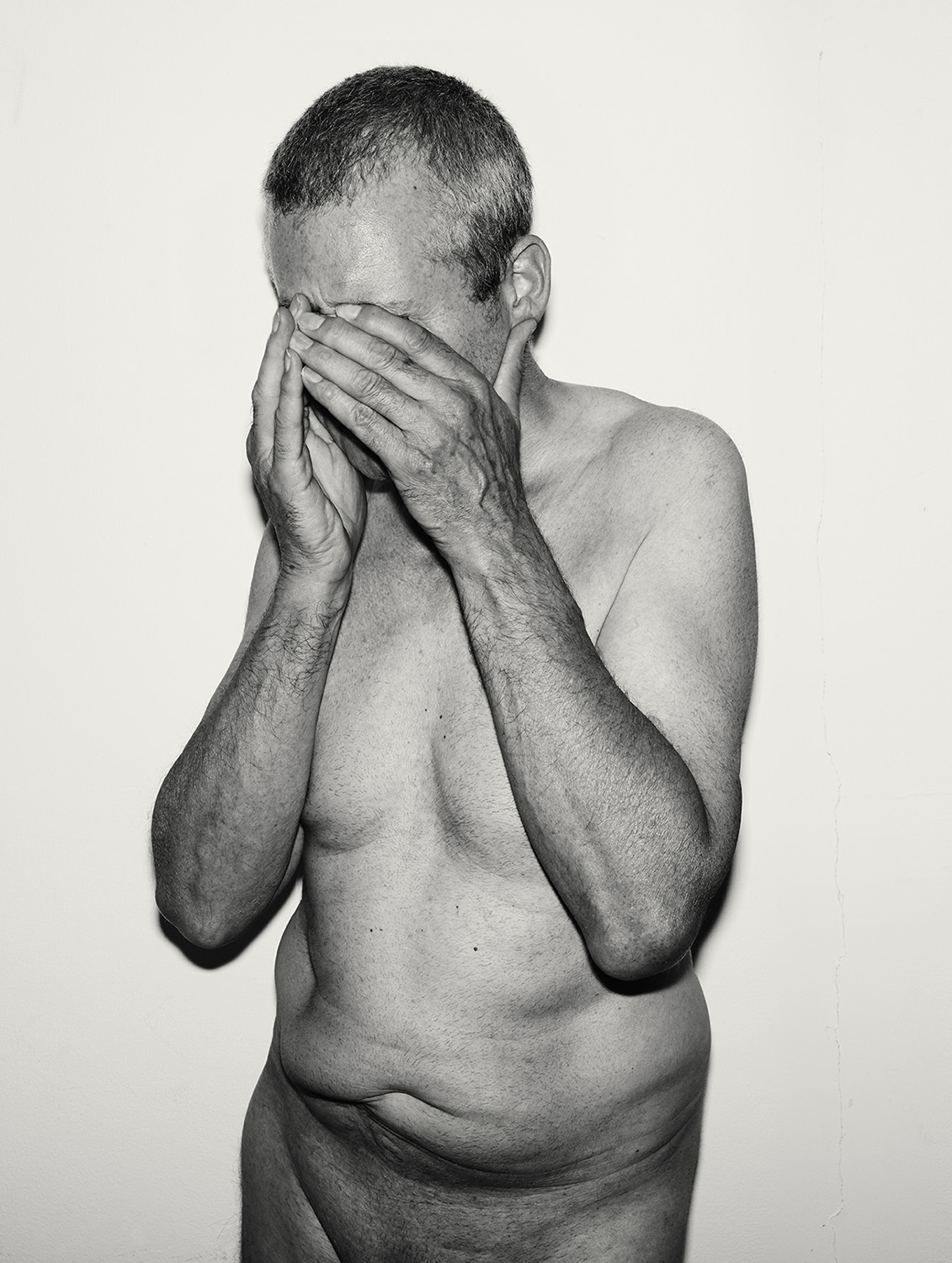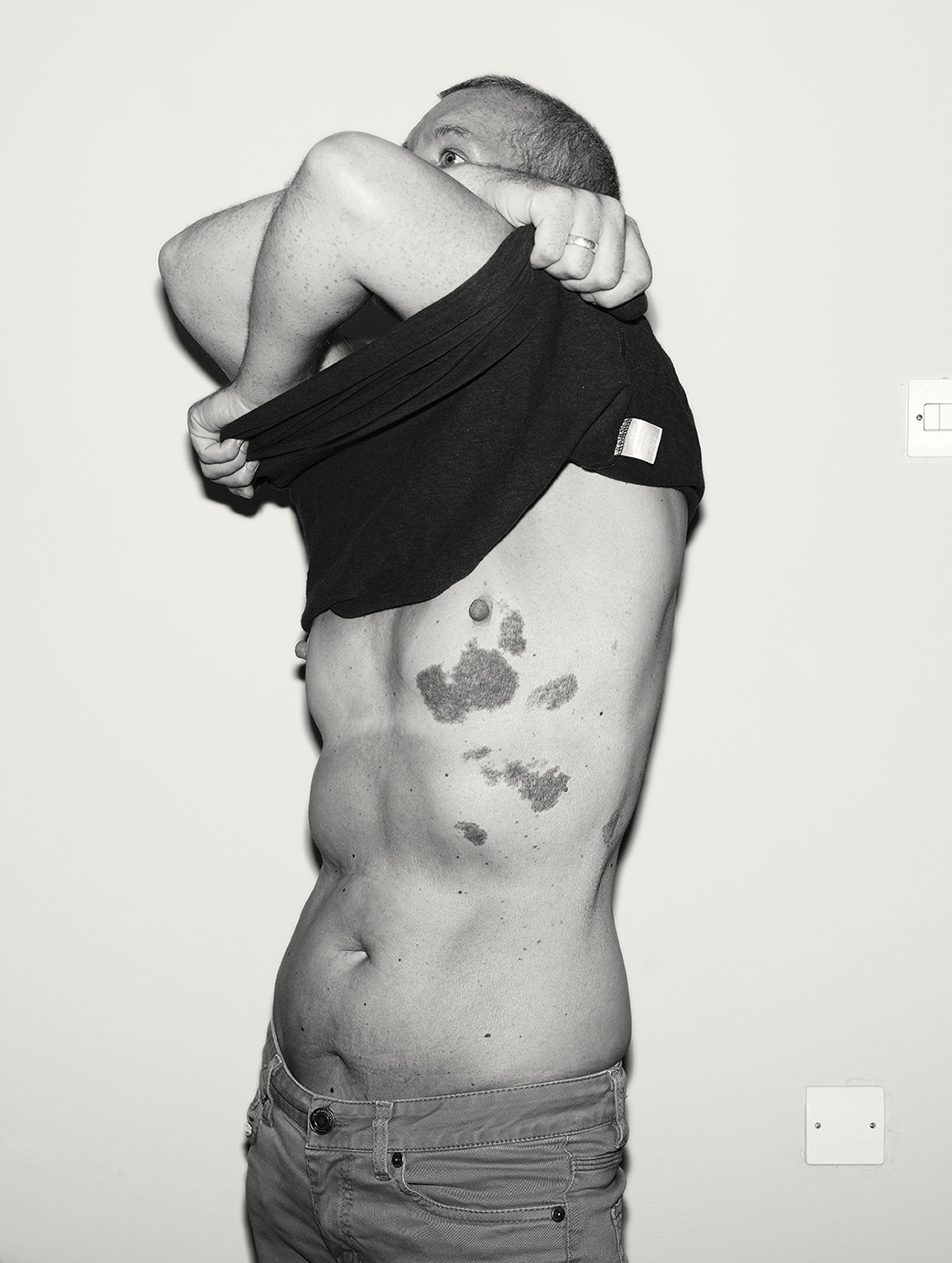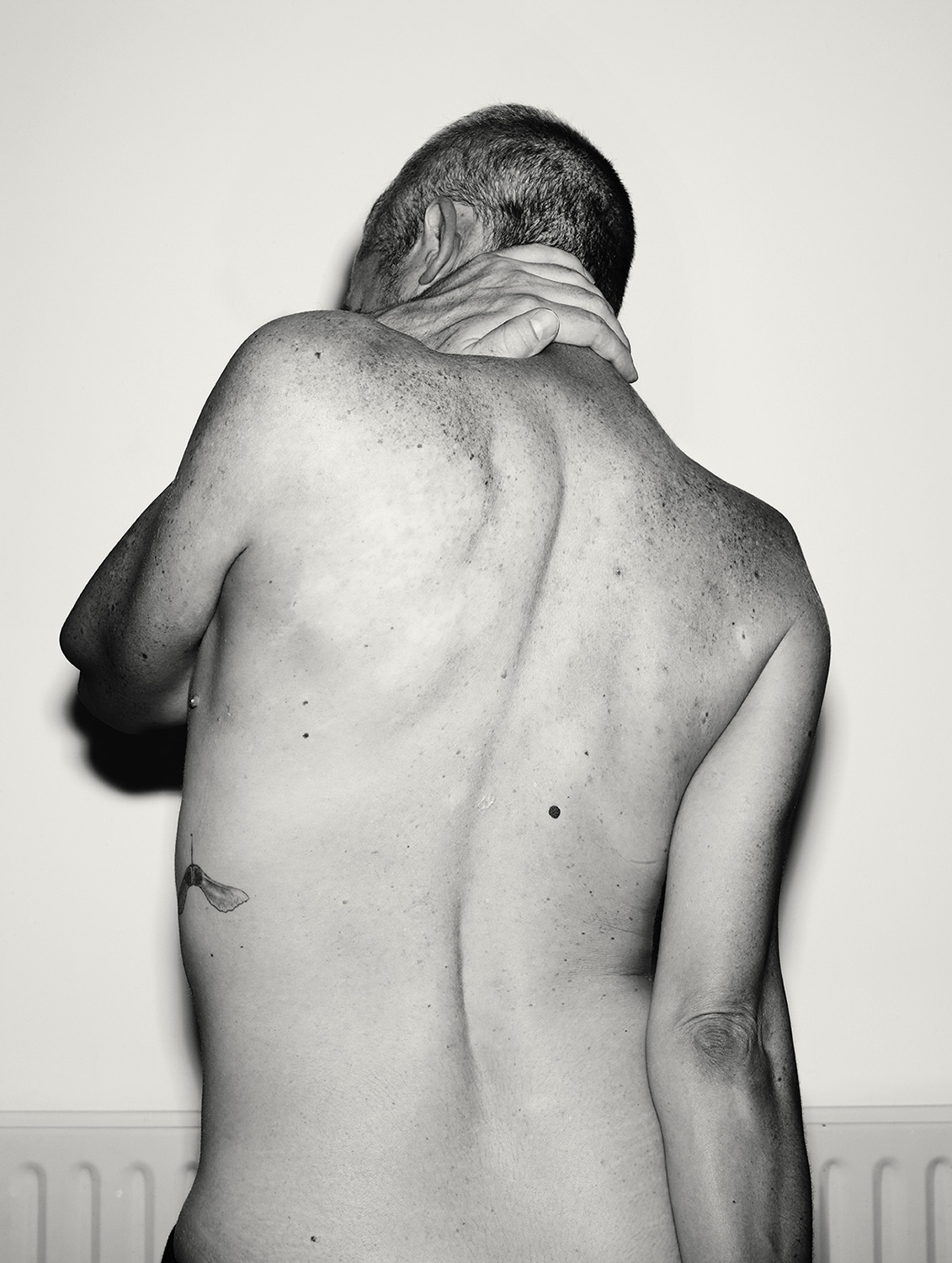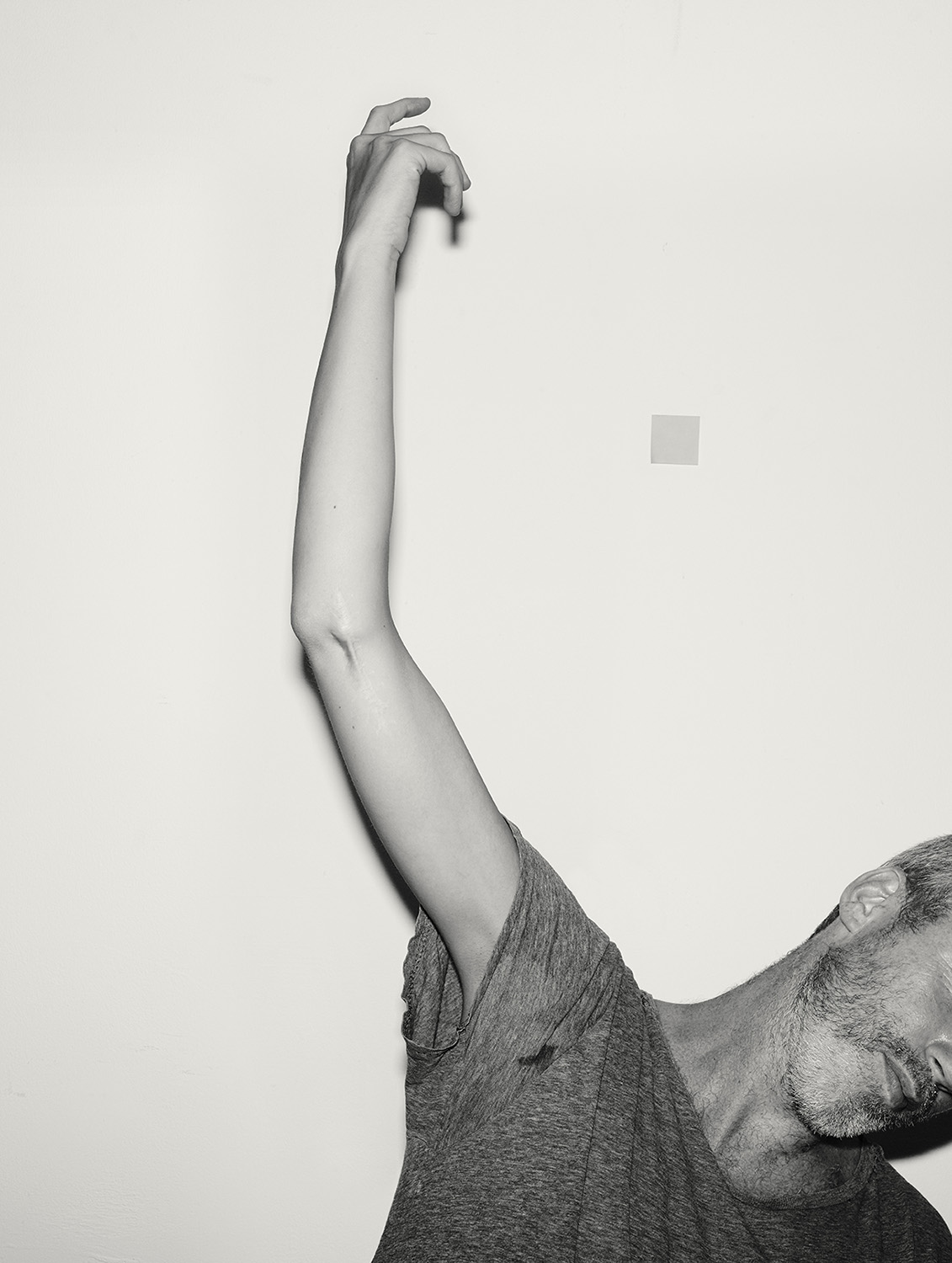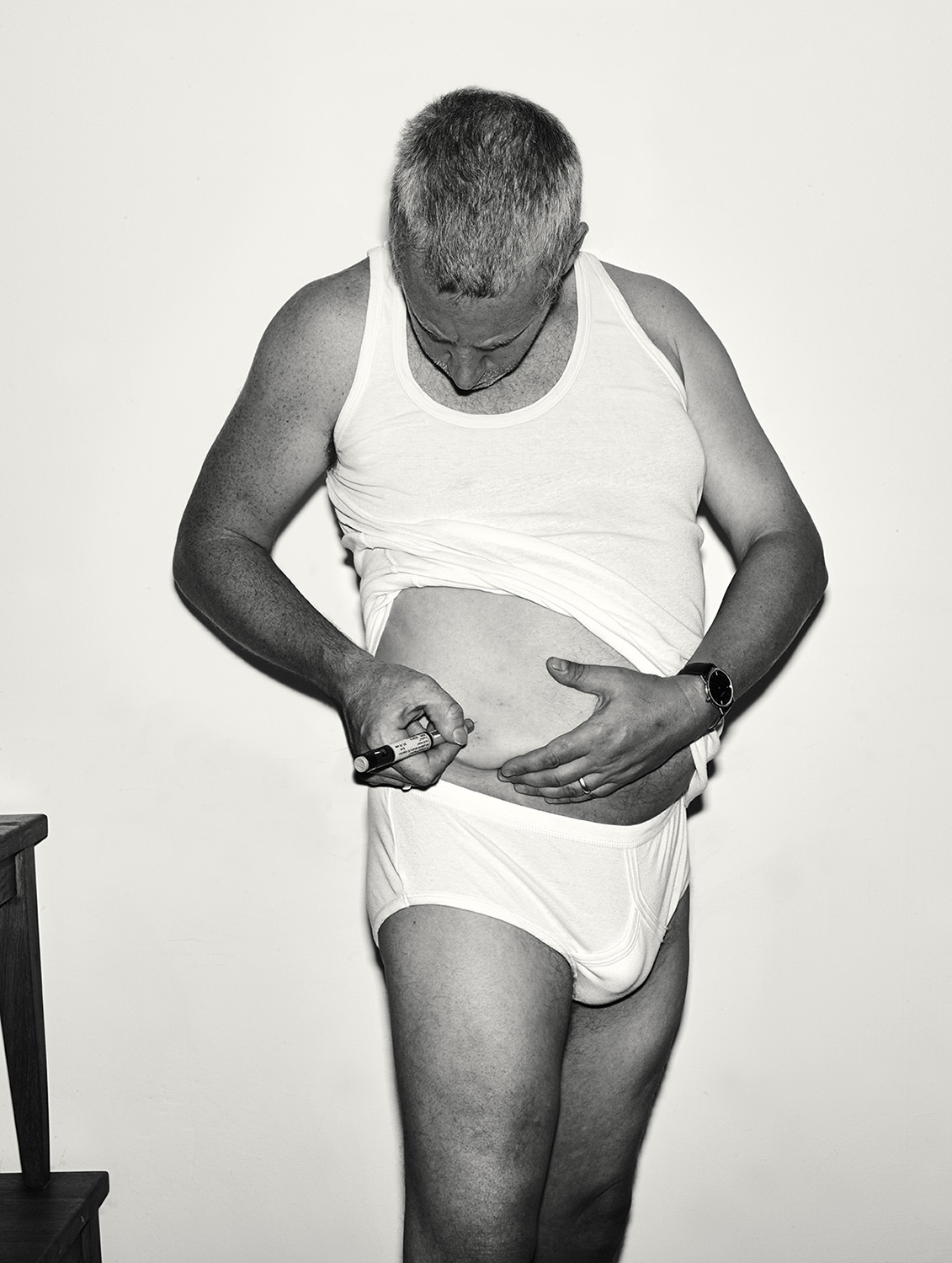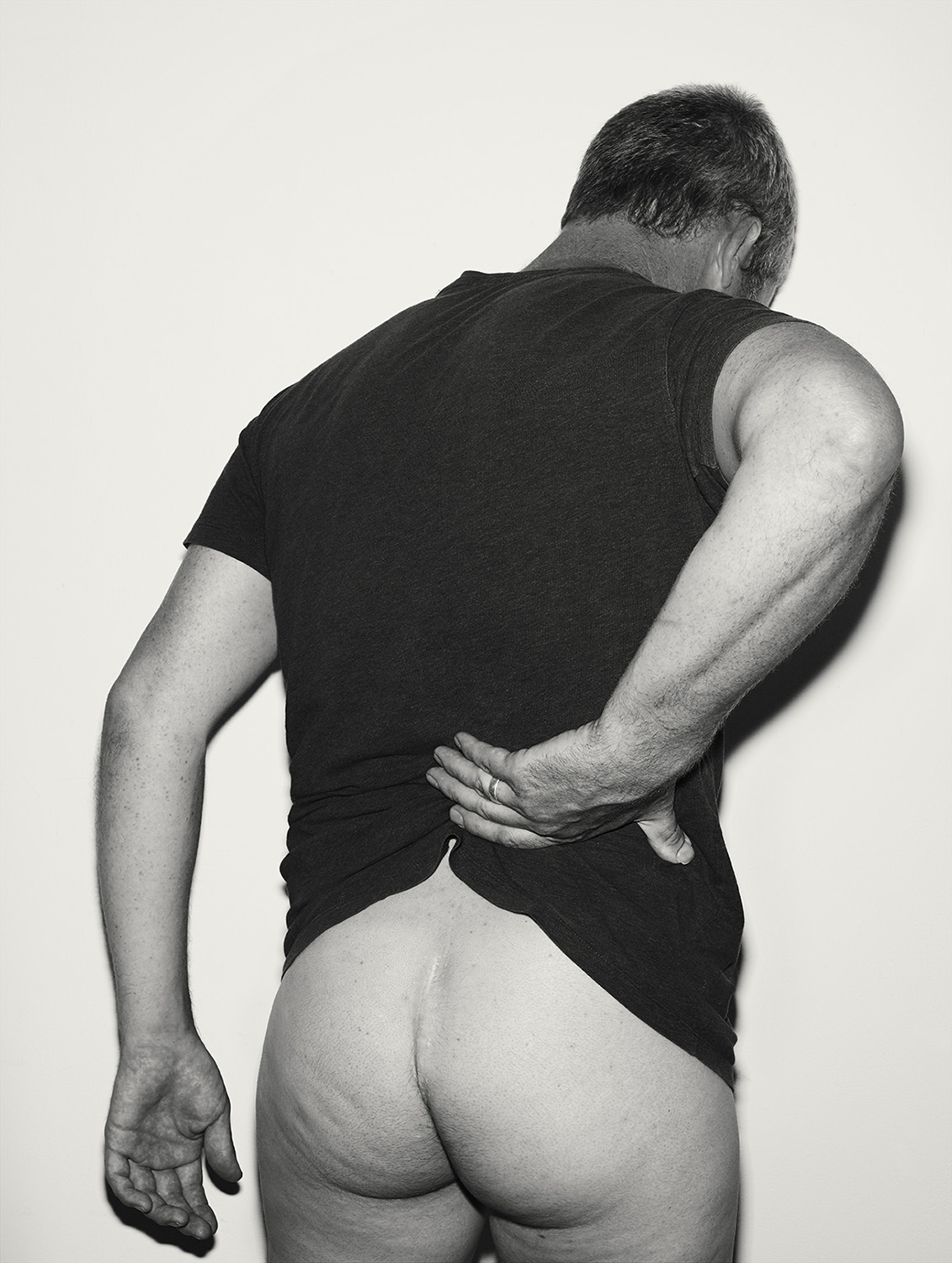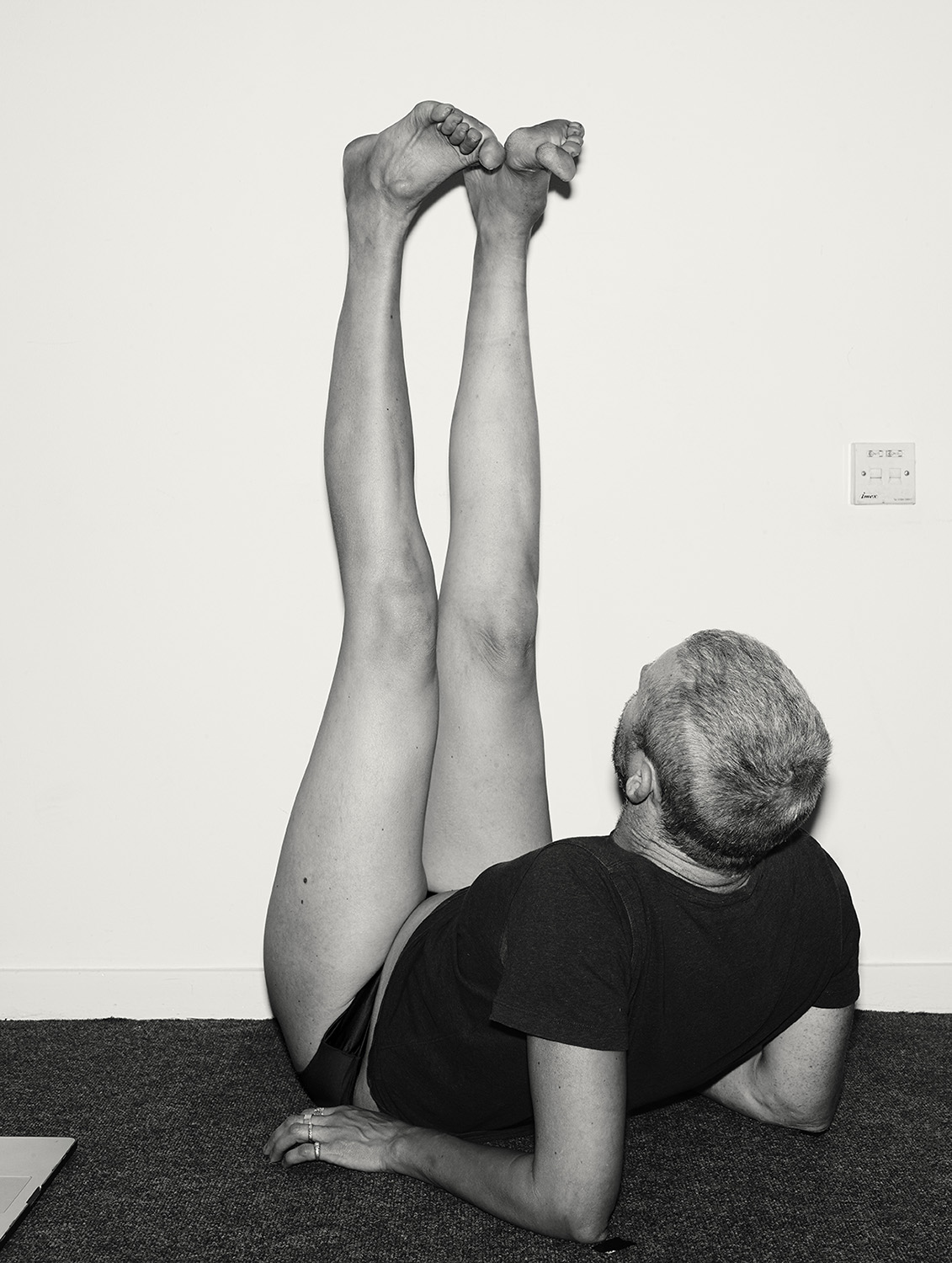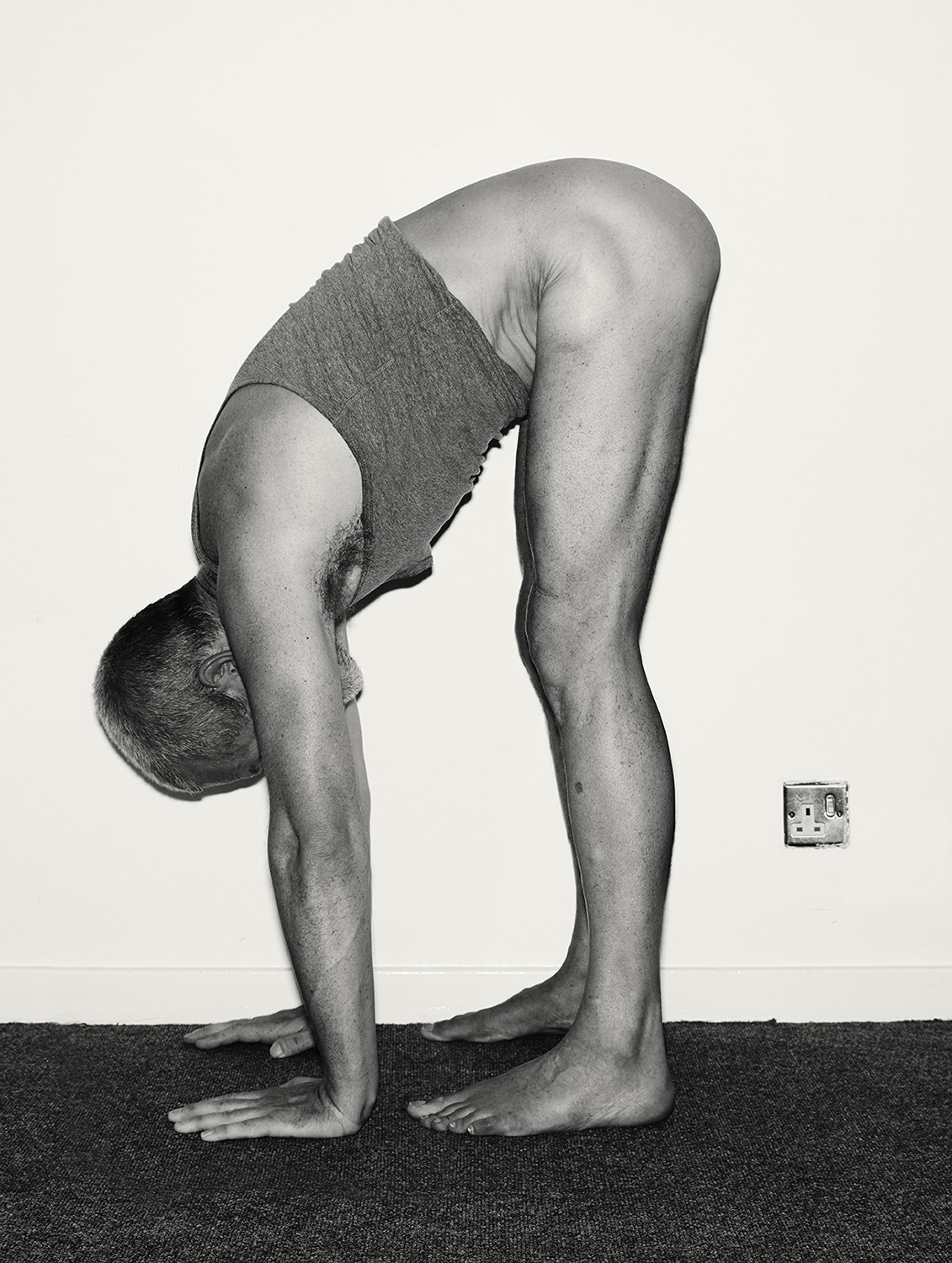Selected as a Photoworks Award winner, London College of Communication MA Photography graduate Julian Benjamin looks into ideas of authorship and identity in the series Self Portraits of Other People.
Photoworks: Your photographs combine elements of both the photographer and sitter. What did you initially think you would discover about the relationship between photographer and sitter?
Julian Benjamin: It was important not to have any preconceptions when starting the project. I began instead with a basic hypothesis: that the photographer has an implicit presence in their own photographs. My intention was to explore this notion and how it might manifest visually; how it might be articulated in the final image. Coming from a commercial background, I’m used to going into a shoot with a pretty firm idea of what the end result will look like. If this was to be a genuine inquiry, that approach had to be abandoned. The first step was thus to unlearn some of what had become ingrained through 15 years working in a commercial sphere and adopt a working method in which discoveries could be made.
Whilst the project was guided by the technical requirements of fusing two bodies, each session was informed by the gestures and movements of the sitter. It was important to remain open to the physicality of the model and allow them to express themselves. Consequently, the most successful shots were often the most spontaneous; preconceived ideas being rarely as good as ones to which both participants made a contribution.

PW: What did your inquiry eventually reveal?
JB: As an early sitter observed: ‘You’ve just ruined a perfectly good photograph!’. This summed up a dilemma that was present throughout the making of the work: Wouldn’t the pictures be more interesting by leaving the models’ bodies (and crucially, identities) intact? I was conscious of the fact that I had all these interesting, diverse sitters but was reducing their presence to an arm, a leg, a torso, an arse! My approach was reductive, but that was the point; to reference the human body in its commodified form: fragmented, abstracted, fetishised; something in which photography is, of course, complicit.
What became evident as the work developed was the need for balance. Initially, I took a more frontal approach in which my face was always visible but I felt I was imposing myself too heavily on the photograph, drowning out the voice of the model. The pictures became repetitive. They also became about ego (mine!). In the end I adopted a visual strategy in which my face was obscured, or photographed from an oblique angle. This restored some equality between myself and the sitter whilst leaving the question of identity deliberately ambiguous and unresolved. I did consider titling each image with the model’s name but abandoned this; I didn’t want to anchor the pictures in the way that text can.
Also revealed through the making of the work was the need to apply an appropriate set of aesthetic values. This led to a rejection of dramatic lighting in preference for crude, on-camera flash; colour was abandoned in favour of black and white; flat, minimal backgrounds were selected over more descriptive locations. I started to enjoy the clumsy lighting of limbs and the awkward shadows they cast. This stark approach was employed to draw attention to the analytic potential of the photograph. Given the many uses of photography across commercial as well as artistic applications, it felt important to associate this work with the more functional of these (press, medical, forensic). Principally this provides something of a stylistic reference from which to view the work; a suggestion of functionality and purpose.

PW: How did you explain the idea to the sitters?
JB: Early tests involved friends and acquaintances, so I was able to figure out how the project might work technically as well as honing my explanation of it. Early indications were that the central concept was sound; everyone seemed to ‘get it’.
In order to recruit models, I put an ad in my local paper but didn’t get much of a response. It also became apparent that skin was ultimately more interesting than clothing and given the personal nature of the request, I began working with professional life models. As well as being at ease with their own bodies, life models are receptive to somewhat left-field artistic propositions.
The ad I placed with the Register of Artists’ Models requested ‘scars, general wear & tear and anything away from the norm’. These were the things I was interested in: flaws, defects, imperfections; the things that define us as individuals. I wasn’t short on responses, which was great: diversity of body type was essential to give the project a sense of survey, as well as providing a welcome counterpoint to the retouched, modified body as cultural norm.

PW: You mention an interest in how authorship works in these portraits. Can you tell us about your sense of authorship and how this was influenced?
JB: I was thinking about the idea of authorship and how the photographer asserts their own identity in the photograph. In this sense, authorship in photography can in some ways be problematic; it brings with it certain tensions. Photojournalism has the potential for this. Indeed, some of the most well known works are contentious for the very fact that the photographer was felt to have asserted themselves too conspicuously on the photograph; by physically interfering with the scene, composing in such a way as to obscure the ‘true’ picture or, more recently, by overzealous use of post production. It’s interesting to me that in an age when digital technology has rendered photography so malleable, the integrity of the image is still sacred.
In making this work, I wanted to unpick the idea of authorship and explore my relationship with my own pictures. To do this, conventionally fixed roles are exchanged; photographer becomes model, and model, photographer. Both parties take a turn behind the camera whilst also submitting themselves for its scrutiny. In this way, conventional power structures are disrupted; the act of photography becomes reciprocal, and both participants have a legitimate claim to authorship.
See here for more of Julian’s work.
